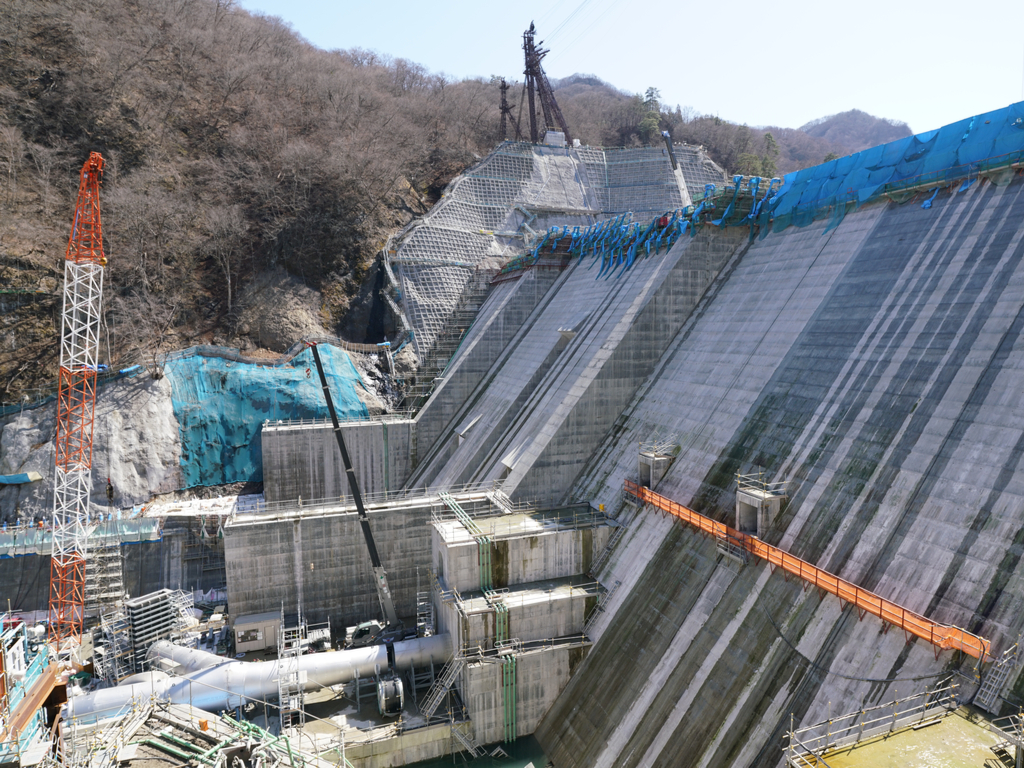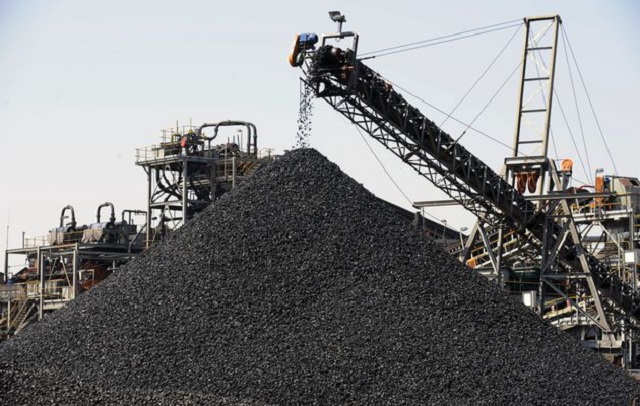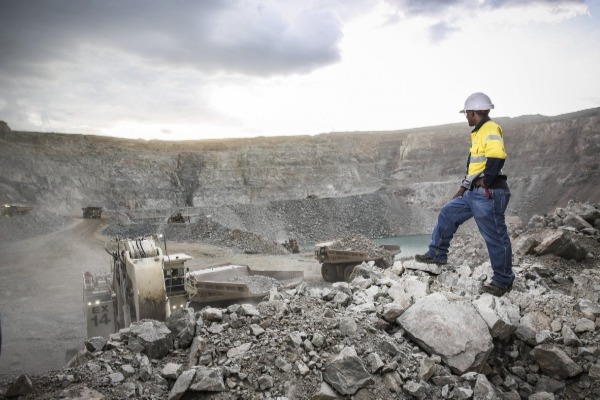Kamativi to increase lithium production
KAMATIVI Mining Company (KMC) has set a target of increasing its lithium ore production from 1 000 tonnes per day to 6 000 tonnes daily starting in June when its bigger plant is commissioned.
Kamativi Tin Mine closed in 1994 when the international price of tin plummeted to unsustainable levels.
At that time the tin mine employed about 3 000 workers and still had a life span of over 40 years.
For three decades, Kamativi turned into a ghost town with some residents resorting to criminal activities that led to vandalism of infrastructure.
The mine has reopened, now as KMC, a joint venture between Sichuan Pude Technology of China and Zimbabwe Mining Development Company.
The company has commissioned its first phase with a new small plant that produces 1 000 tonnes of ore per day and can make up to 50 000 tonnes of lithium concentrate per year.
Construction of a bigger plant is underway.
KMC chief operating officer Mr Dexi Liang said the testing of the smaller lithium plant was done between November and December last year and full operations are underway after the plant passed the tests.
He said the second phase will be rolled out in June.
“We have started and we are doing the production of phase 1 as the plant is running. We started in November and the testing period was two months until December and now January we are doing full production,” said Mr Liang.
Lithium ore dump at the plant awaiting processing
“We process 1 000 tonnes of raw ore in 24 hours and can produce 50 000 tonnes of lithium concentrates per year. Phase 2 plant is under construction and will process 6 000 tonnes of raw ore a day and 300 000 tonnes of concentrate per year.”
Mr Liang said the total investment for the project will be more than US$100 million.
He said about 300 people, 50 percent of them from around Kamativi and the other half from across the country, have been employed directly at the mine while more than 1 000 more jobs were created by the 14 contractors KMC engaged for the project.
The company is constructing a new dam to, not only feed the plant but also address water challenges in Kamativi.
They also constructed a 3,5km new detour road on the Cross Dete-Binga Road and tarred several roads within Kamativi.
Clearing of land for the first phase of the 88kv power line from Hwange has started and Mr Dexi said there are plans to also set up a solar farm.
Solar-powered boreholes have been installed at Kamativi Primary School and the Roman Catholic Church-run St Theresa Primary School.
The projects are part of KMC’s corporate social responsibility.
“We want people to be happy and so there is a plan to supply power and water to the community and we are constructing a high-level water tank and in Phase Two we will also see how people can benefit,” said Mr Liang.
“We have also engaged Zesa to see how best the area can be reconnected after vandalism and we are ready to help. We know the importance of empowering the community.”
Money – Image taken from Pixabay
Matabeleland North Provincial Affairs and Devolution Minister Richard Moyo recently confirmed that President Mnangagwa is expected to commission the lithium project during the first quarter of this year.
Lithium is one of the seven mineral deposits that have been confirmed to be in Kamativi and Government has brought in an investor as the country drives towards attaining an upper-middle-income economy by 2030.
Geological surveys indicate that Kamativi has higher lithium deposits and a mix of minerals such as tantalite, lithium, beryl, copper, beryllium, value spodumene, petalite and limestone that could be economically exploited outside of tin.
The closure of Kamativi Mine back in 1994 had created a ghost town, which the Second Republic under President Mnangagwa is resuscitating through its engagement and re-engagement drive.
Lithium is set to become Zimbabwe’s third biggest mineral export after gold and platinum group metals and has already attracted huge investor interest with key projects at Zulu Lithium in Insiza District, Sandawana Mine in Mberengwa, Bikita Mine, Mutoko, Chiredzi, Goromonzi and Buhera in Manicaland.
The old town of Kamativi is once again expected to become a key mining town with its US$2 billion worth of lithium.
Matabeleland North is set to be among the big producers of lithium in the country.
The re-opening of Kamativi as a lithium multi-element ore body operation under a US$1,4 billion investment would further unlock huge value from seven minerals with plans to also construct a 20MW solar plant.-chronicl











